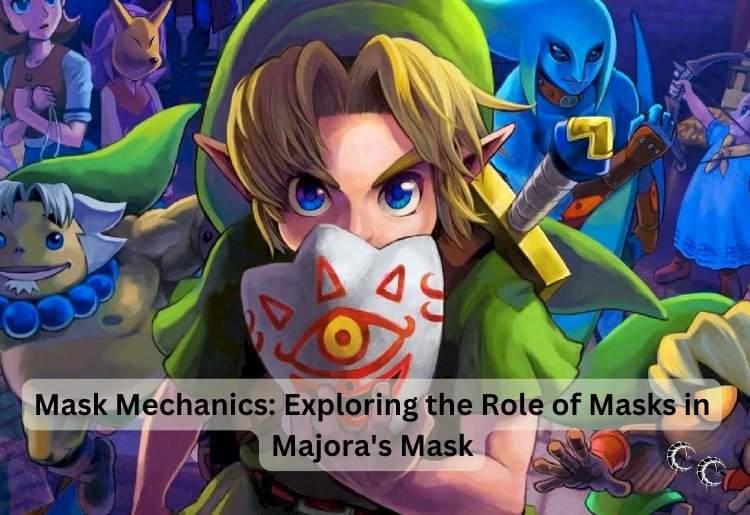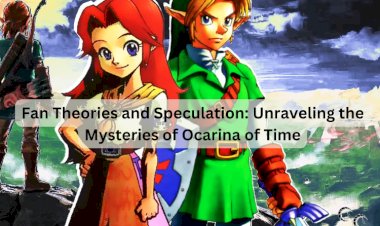Mask Mechanics: Exploring the Role of Masks in Majora's Mask

In The Legend of Zelda: Majora’s Mask, masks are far more than simple accessories—they are central to both gameplay and storytelling. The game’s innovative use of masks creates a unique blend of mechanics and symbolism that deepens the player’s experience and explores themes of identity, transformation, and emotional complexity.
Masks as Gameplay Elements
At the core of Majora’s Mask is the ability to collect and wear various masks, each granting Link new abilities and altering how he interacts with the world. These masks are keys to solving puzzles, accessing hidden areas, and completing side quests. For example, the Deku Mask transforms Link into a Deku Scrub, enabling him to float and shoot bubbles, while the Goron Mask turns him into a powerful Goron with enhanced strength and rolling speed.
This mechanic encourages players to think creatively and adapt to different challenges by switching between forms. It adds layers of strategy and variety to the gameplay, making exploration and quest completion dynamic and engaging.
Masks as Symbols of Identity and Transformation
Beyond gameplay, masks in Majora’s Mask carry deep symbolic weight. They represent facets of identity, often reflecting the inner struggles, emotions, and histories of the characters who wear them. Many masks are tied to poignant backstories—like the Bunny Hood that hints at innocence and speed, or the Fierce Deity’s Mask, which embodies power and the ability to overcome darkness.
Link’s transformation through masks mirrors themes of change and self-discovery. Each mask allows him to step into another identity, sometimes revealing hidden sides of himself or the world around him. This fluidity of identity speaks to broader ideas about the masks people wear in real life—how individuals present different versions of themselves depending on circumstances and emotional states.
Masks and the Narrative
The masks also tie into the game’s overarching narrative about time, loss, and acceptance. The mysterious Majora’s Mask itself is a symbol of chaos and corruption, contrasting with the more personal, character-driven masks Link collects. This juxtaposition underscores the tension between external forces and internal struggles, highlighting how identity can be shaped by both external events and inner emotions.
The game’s cyclical time mechanic complements the theme of transformation, as masks and identities shift across repeated days, inviting players to reflect on change and consequence.
In Conclusion
Masks in Majora’s Mask are masterfully woven into both gameplay and storytelling. They provide players with unique abilities that enrich exploration and combat while also serving as powerful symbols of identity, transformation, and emotional depth. Through these masks, the game explores what it means to change, to hide, and to reveal oneself—making Majora’s Mask a rich, multifaceted experience that resonates far beyond its mechanics.


























